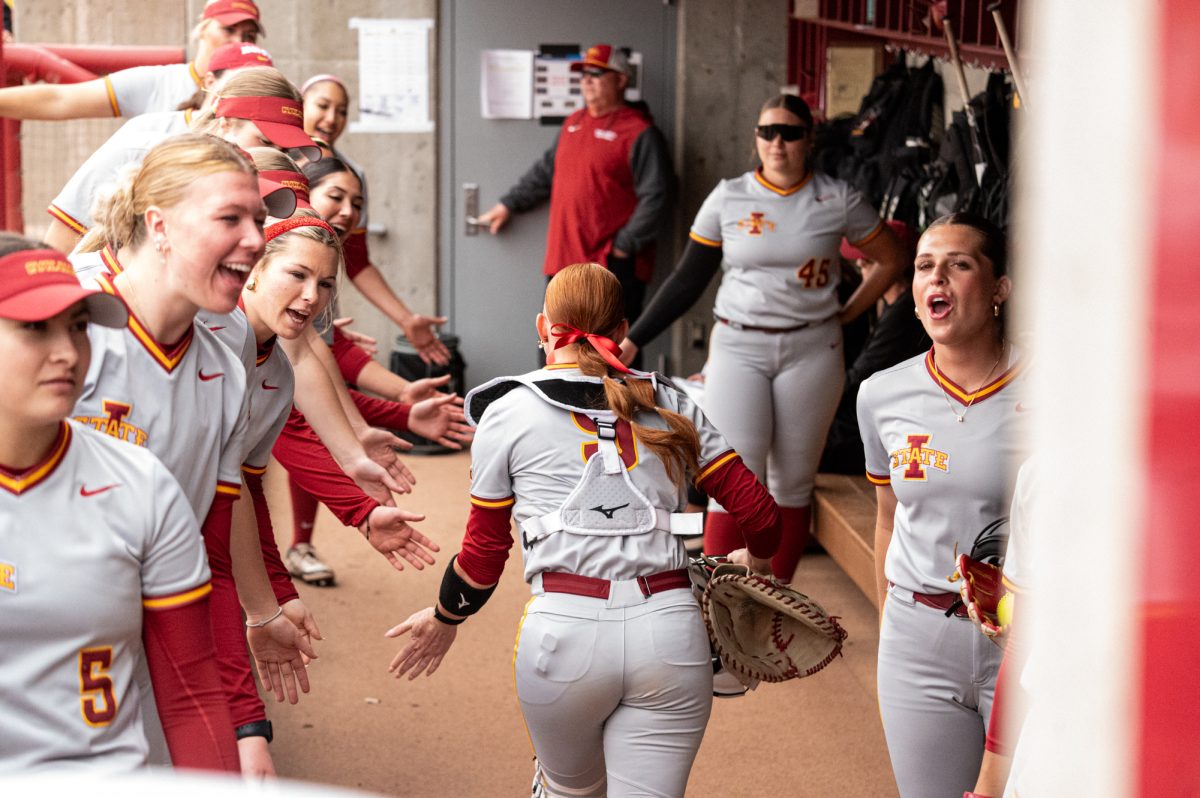Letter: Response to ‘Hays: Eat Less Meat’

Interested candidates for summer jobs should contact Amber Mohmand at amber.mohmand@iowastatedaily.com for more details. Those interested in applying to work during the fall/spring term should contact Katherine Kealey at katherine.kealey@iowastatedaily.com.
January 19, 2018
RE: Hays: Eat Less Meat
Dear Sarah Hays,
I am an animal science student here at Iowa State University and recently came across your opinion article: “Hays: Eat Less Meat.” As an animal scientist, I have been trained to decipher the differences between fact and fiction and question the credibility of sources. After reading your article, I have some concerns related to the opinions you put forth regarding the meat we eat and how it is raised. I want to set the record straight about the care and well-being of the animals we raise as well as our commitment to environmental sustainability.
My first concern is about your misinformed statement regarding antibiotic usage in livestock. While we do our best to prevent illness in our animals, sometimes they get sick, just like humans. We provide antibiotics on a limited basis to make them feel better, just like humans. Animals get coughs or runny noses because they share the same water and feed. It is not because they are in unsanitary situations or too close together. It is our responsibility to ensure their health in the best way possible.
Genetic modification is a term used to describe a scientific method of altering the DNA makeup of a specific organism. The livestock you mention in your article are not genetically modified. They are simply mated with other highly productive, efficient animals, to produce even better offspring. It is called genetic selection, NOT genetic modification.
I am curious how you suggest decreasing the use of land and resources while also allowing animals more space. This directly contradicts your arguments concerning livestock production using too much land. As farmers, we are constantly balancing adequate space for each animal while improving environmental sustainability. According to the Environmental Protection Agency, only 2.8 percent of U.S. greenhouse gas emissions come from animal agriculture. Pig farms are using 78 percent less land, 41 percent less water and have a 35 less smaller carbon footprint than 50 years ago. Perhaps we are at fault for not telling our amazing story of how farmers and their livestock GO GREEN every day!
I don’t believe fear-mongering is a fair and productive way to engage in conversation concerning our food consumption. I believe food choices are very personal, and we as Americans are fortunate to have a wide variety of options available. However, I would hope that these choices are driven by fact and not emotion. Additionally, you made some statements regarding the nutrition of red meat in the diet. I would defer any questions regarding this subject to our peers in food science and human nutrition and invite them to shed some light on your fears.
Moving forward, I strongly encourage you to talk with a farmer to learn more about how animals are raised. Every farmer I have worked with is genuine, caring, and an expert in their field. They do their job day in and day out no matter the weather. For example, my brother had ice on his eyelashes earlier this week because he needed to feed the cattle, but it was far too cold. Lastly, I urge you to find credible sources to back your arguments. I invite you to talk to various state or national livestock groups, for example, United Egg Producers, National Pork Board, National Cattlemen’s Beef Association and Animal Agriculture Alliance. It will make your future opinions factual, credible and trustworthy.
Thank you,
Feel free to contact me at:
Edan Lambert, elambert@iastate.edu






